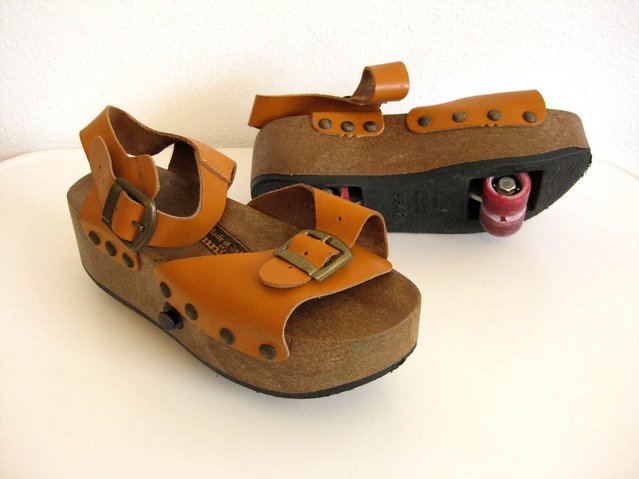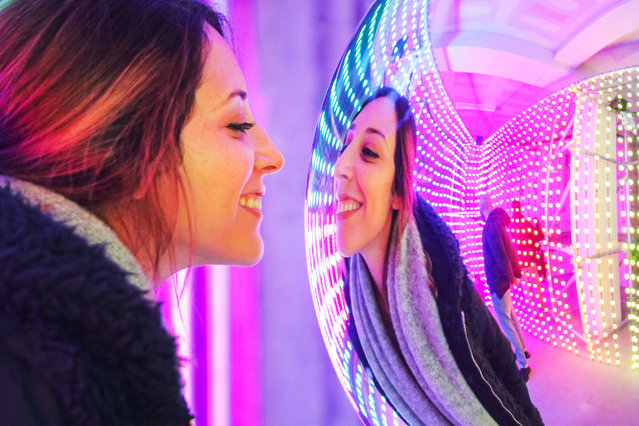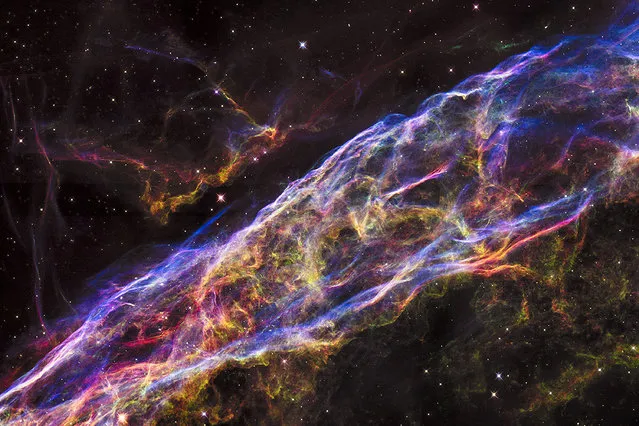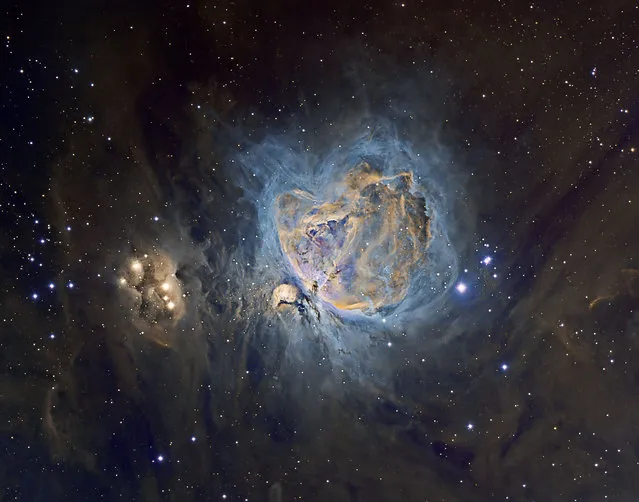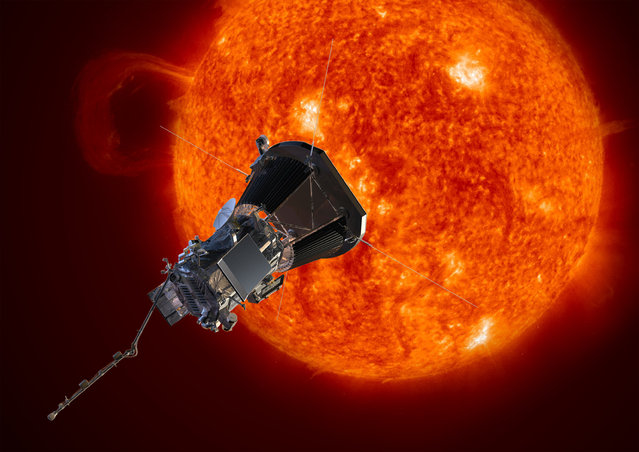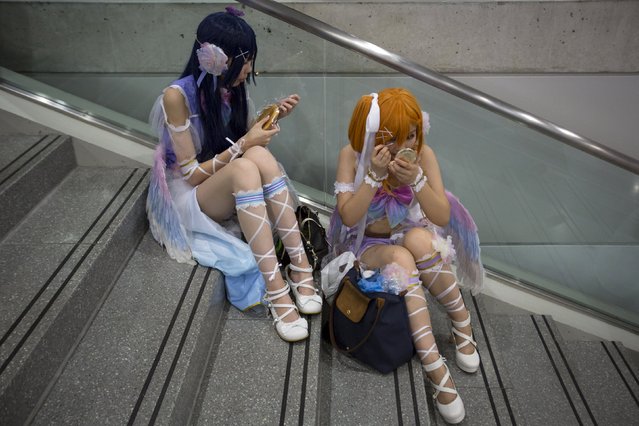
Summer Zhai and Vicky He, dressed as characters from the anime "Love Live!", rest on stairs during day two of New York Comic Con in Manhattan, New York, October 9, 2015. The event draws thousands of costumed fans, panels of pop culture luminaries and features a sprawling floor of vendors in a space equivalent to more than three football fields at the Jacob Javitz Convention Center on Manhattan's West side. (Photo by Andrew Kelly/Reuters)
11 Oct 2015 08:03:00,post received
0 comments

